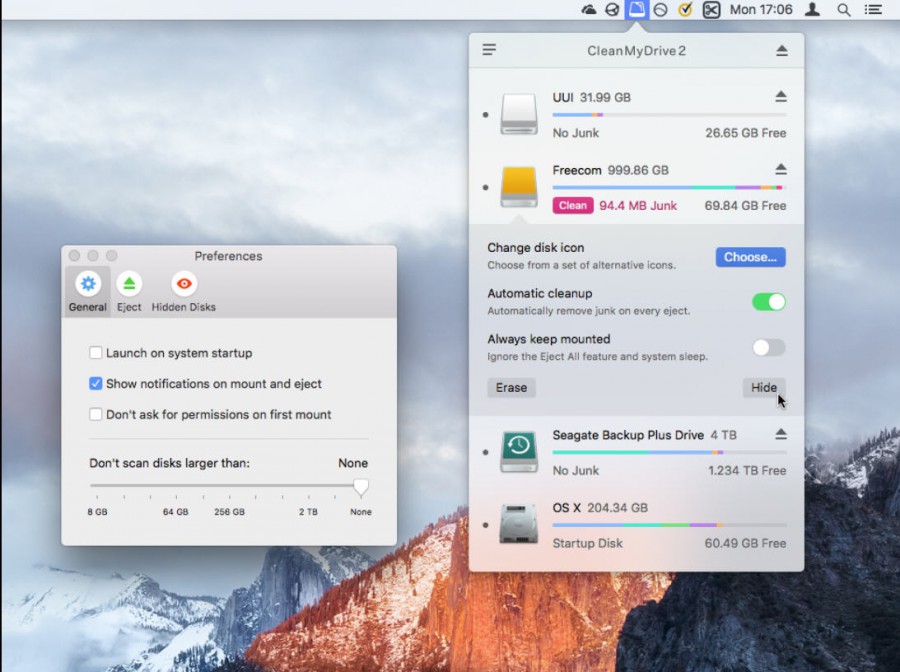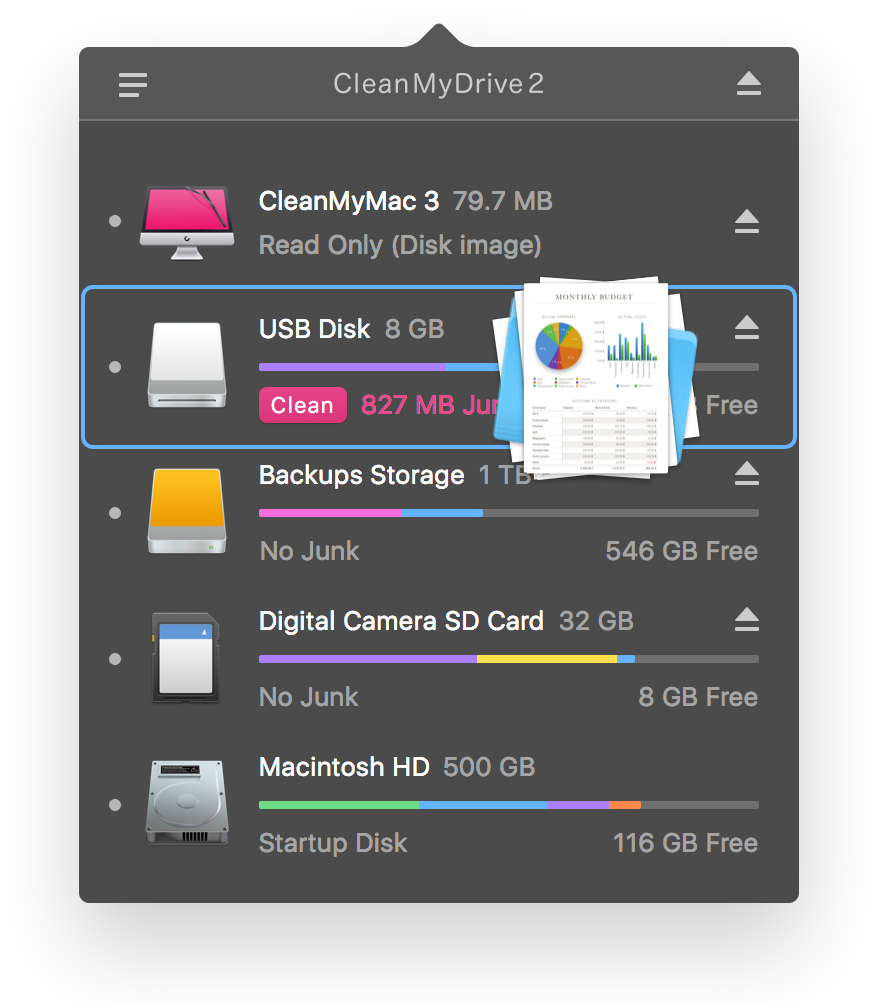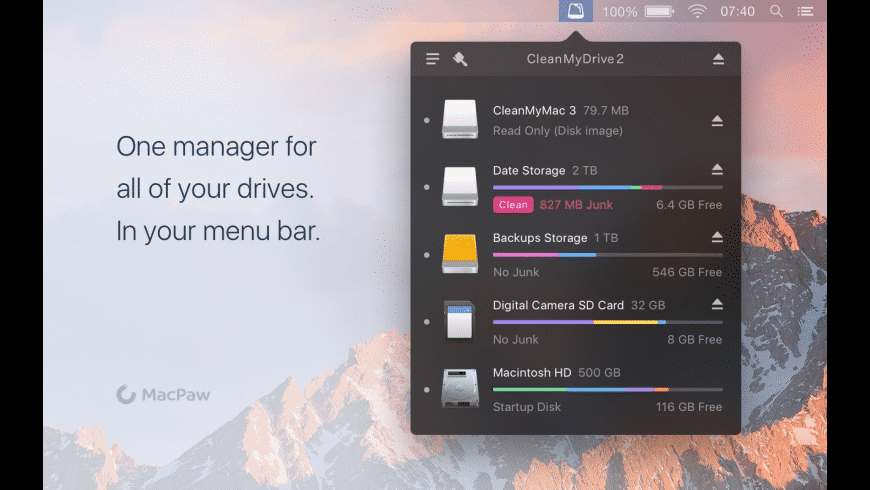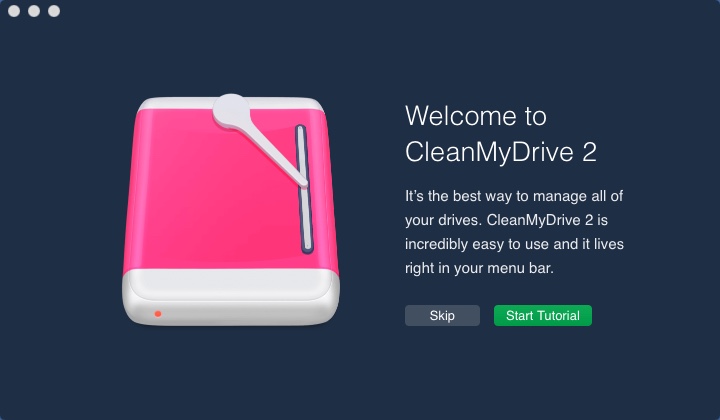

Now this shows you a window with your HD and usb drives, but no obvious "/Volumes" folder to click on.īut the title bar says "/Volumes", and it appears at the bottom too. Go to Finder, File, "Go To Folder.", manually write in "/Volumes" and hit Enter. Then I found that even in Sierra 10.12.3 you CAN still add the /Volumes directory in Automator, by a non-obvious way. $ sudo cp disable_osx_metadata /usr/local/bin Save as "disable_osx_metadata", chmod 755, copy to /usr/local/bin. ] || exec find /Volumes -type d -maxdepth 1 -mindepth 1 -exec $0 If you create a workflow in Automator, then Automator runs it whenever a drive is attached, just for that drive. So, if you run it manually or click on it, it checks all attached drives. If run with no arguments, it runs itself once for each directory in /Volumes. Trashes prevents the OS from creating a directory named. If the special file is there, the script deletes all the osx metadata and creates a few small new items which prevents anything else. If the special file is not there, then nothing happens. If run with a commandline argument, it tries to see if the argument is a directory, and if that directory contains a file named ".disable_osx_metadata". To translate for non-native bash speakers, what it does is: It functions the same way as freefly42's, just a different way of writing the same thing.

I got this to work on Sierra 10.12.3 in Automator.įirst, I made this version of the script: Just go to the App Store - you won't need to pay. Not saying something would lead more people to waste time fiddling with the Terminal or installing questionable apps. So I apologize if this seems more like a rant than an answer, but indeed, all of the previous answers were out-of-date and didn't lead to a useful solution. Tomorrow, something better may come along, but the bottom line is: the App Store has free, easy solutions to j-g-faustus' original but enduring question, posed here so many years ago - a question I had myself today. (Offers in-app purchases of customized icons. Solves the problem, lovely interface, completely free. My choice on ***December 20th, 2017*** is "CleanMyDrive 2" from the App Store. So, whenever you happen to read this "answer", its advice to you is to search the App Store for something up-to-date, well reviewed, and free. Moreover, something from the AppStore has undergone at least minimal auditing by Apple and can be removed from your computer as easily as it is installed. Not wanting to deal with the App Store is one thing, but not wanting to register with Apple as a developer is another. I'd also be a bit wary of installing something that will wield total control of the filesystem, written by unidentified developers. The apps listed in previous answers might have been good at the time, but they haven't been maintained to work with modern versions of macOS. Nonetheless, developers have filled the void with numerous Apple-approved apps. It's still a very common problem for people using USB disks or SD cards to play media in their cars or other devices. You'd think after all these years, Apple would build something into the Finder to deal with this. (previous remarks below still apply) 2017 December
#Cleanmydrive 2 download update
The developer continues to update and support the app, which is still free on the Mac App Store. I tested the latest version of Clean My Drive 2 on an M1 Mac, and am happy to report it still works perfectly.
#Cleanmydrive 2 download mac os x
Thanks to, their troubleshooting Mac OS X e-books, and their website for the detailed explanation of why other methods sort of work. Sudo mdutil -E /path_to_volume and press returnĪt the Terminal prompt, type exit then press return. If you are using Mac OS X 10.5 or later, skip to step 9.Īt the Terminal prompt, type the following command, again substituting the correct path: Spotlight will immediately cease to index the specified volume.

path_to_volume/: Indexing disabled for volume. If prompted for a password, type your admin password, then press return.

Navigate to Macintosh HD > Applications > Utilities and open Terminal.Īt the Terminal prompt, type the following command, replacing path_to_volume with the real path:


 0 kommentar(er)
0 kommentar(er)
